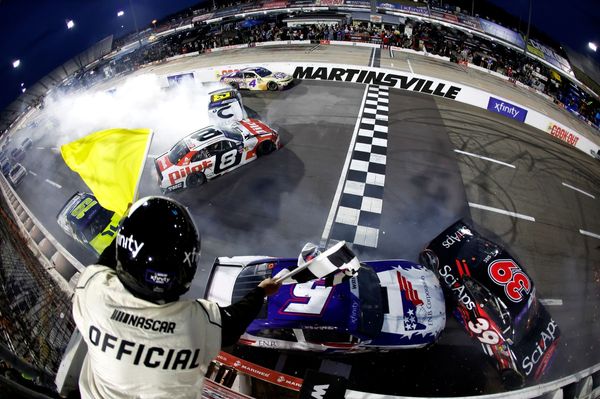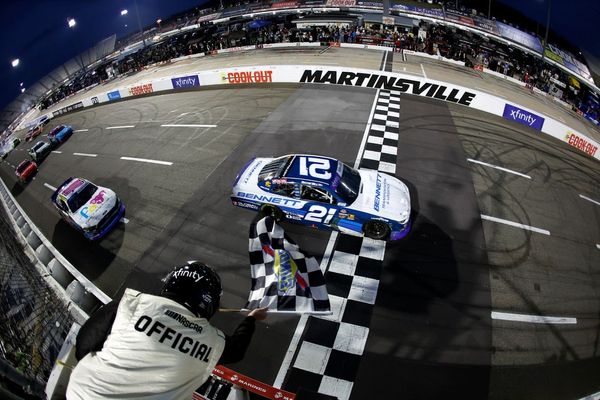
Lifeboat crews dealing with small boats crossing the Channel say they lack equipment, guidance, qualified staff and support in coping with the trauma involved as they accuse managers of complacency over the situation.
One member suggested crews needed bigger life rafts, more personnel, increased training for mass casualty events, and better onboard welfare facilities for rescued people.
Another crew member said: “We know we couldn’t cope with 30 people in the water and they have never arranged any training for what to do.”
They said the Royal National Lifeboat Institution’s “complacency” over the issue was typified in a message to crews when managers insisted lifeboats had the resources to deal with a heightened risk of a surge in people crossing the Channel five days before 31 people died trying to reach the UK.
A leaked email from a senior manager at the Royal National Lifeboat Institution sent on 19 November 2021 warned crews there was a “high risk of crossings over the coming days”, citing “intelligence” reports and weather conditions.
It also warned of a “real concern to risk of life”. Crews were told: “We believe you are all ready and have the resources to respond to this risk.” But the email urged them to call up more volunteers to act as cover.
Five days later, a boat carrying 34 people sank in the Channel, killing all but three onboard.
RNLI lifeboats were not called by the Coastguard to respond to the tragedy, but crews say the attitude in the email highlights the institution’s failure to grasp the scale of the crisis and its impact on staff.
Crews, who are not allowed to speak to the media, have told the Guardian they lack equipment and up-to-date guidance, amid a shortage of qualified staff to deal with the extra workload, and inadequate mental health support.
Another internal RNLI document seen by the Guardian warns crews against picking up more people than they can safely carry. It was circulated last September, a day after an Eastbourne lifeboat rescued 104 people in one operation. The memo points out that the biggest lifeboats only have a capacity to carry 96 people. It says exceeding boat limits “is something that we cannot allow to continue … If exceeded you will be putting yourselves, crew and casualties at risk.”
Official guidance on how to handle the small boats was limited to a seven-page document that was years out of date, a source said. It warns of an increase in small boats carrying between only five and 15 people, at a time when lifeboat crews frequently have to deal with boats carrying more than 60 people.
Staff also claim the RNLI is too reliant on volunteers, a problem they say will get worse under new management proposals aimed at easing the burden on full-time crew by relying more on volunteers.
Under the current system there is almost always one full-time staff member on lifeboats. But under the new system, staff estimate that only one in four launches will have a full-timer onboard.
Crews on the south-east coast of England fear the plans will put extra pressure on a service that is already close to collapse because of the small boats crisis.
Insiders say the organisation’s management is split over the crisis in the Channel, with some wanting to mount a robust defence of the humanitarian role, but others are nervous that this will anger some of the institute’s traditional supporters.
There are fears that RNLI’s silence on the issue suggests it is ashamed of its involvement in rescues.
In an email to crews last year, one manager said: “We are acting in a purely humanitarian role, because of this the organisation is looking at how open we can be. The difficulty is that our silence encourages thoughts of cloak and dagger and it is my view that we should be honest about our role in this and should feel confident in talking.”
Simon Ling, the RNLI’s head of lifeboats, said crews responded to small boats whenever they were asked by the Coastguard.
He said: “We have measures in place to support our people, including a 24/7 staff support service and a peer-led trauma-focused post-incident intervention called TRiM. We are constantly looking at new ways we can support our people to ensure they have the best possible care, protection, equipment, and training available to them.
“Our crews in south-east England are engaged in an increasing level of humanitarian work as a result of more men, women and children crossing one of the world’s busiest shipping lanes using unseaworthy boats. They have responded in a humbling way to this increase in demand with continued dedication, commitment, and compassion.”







